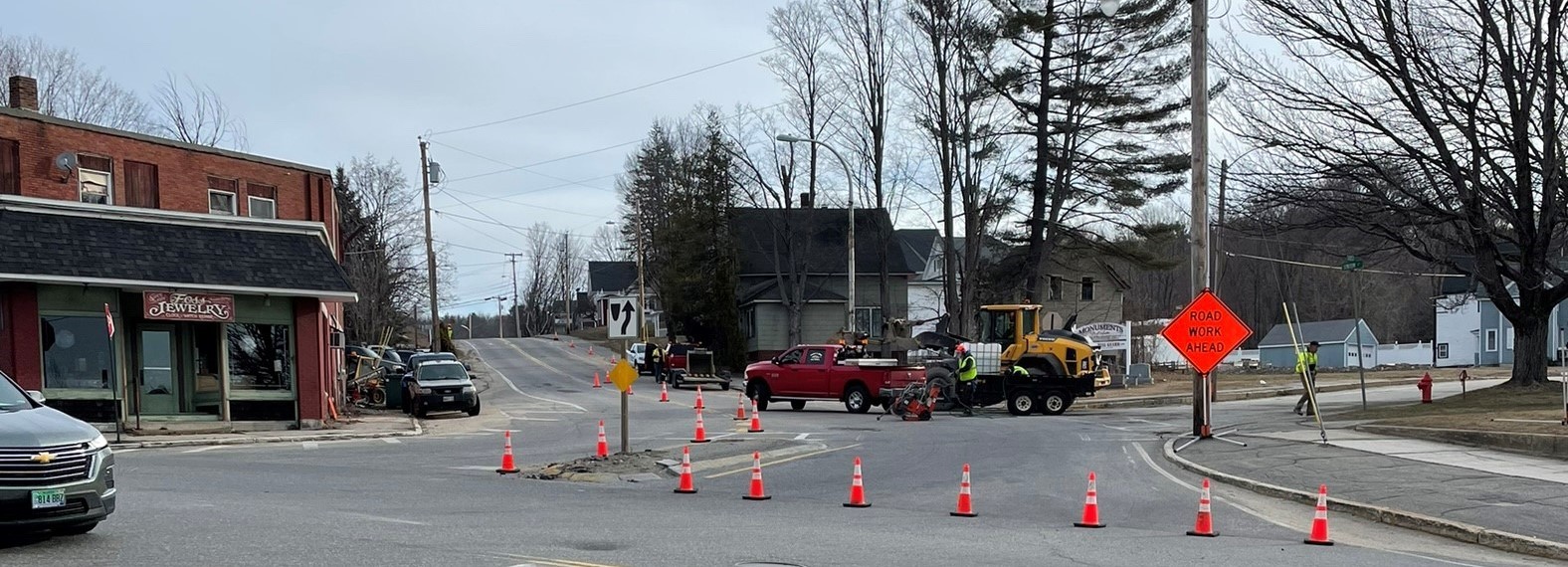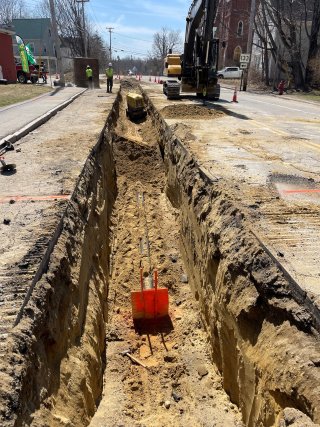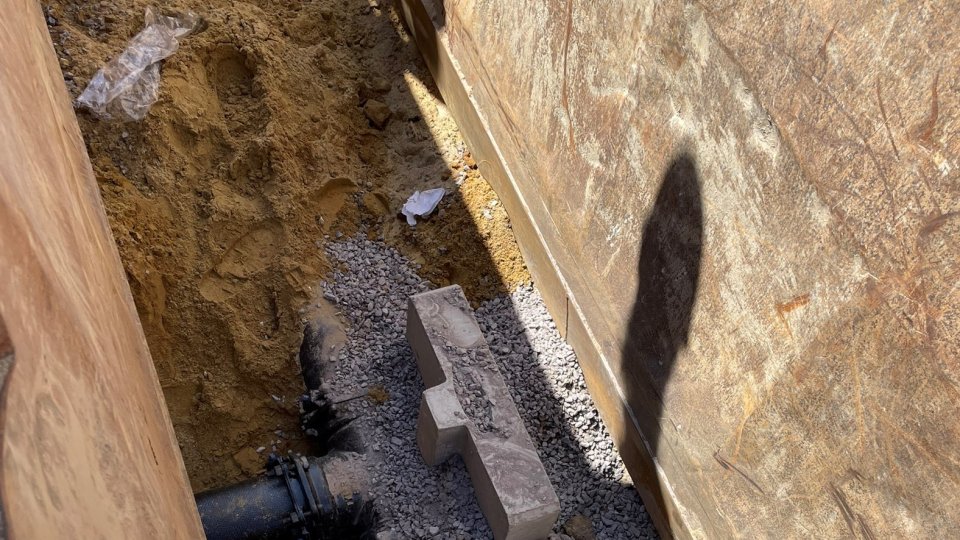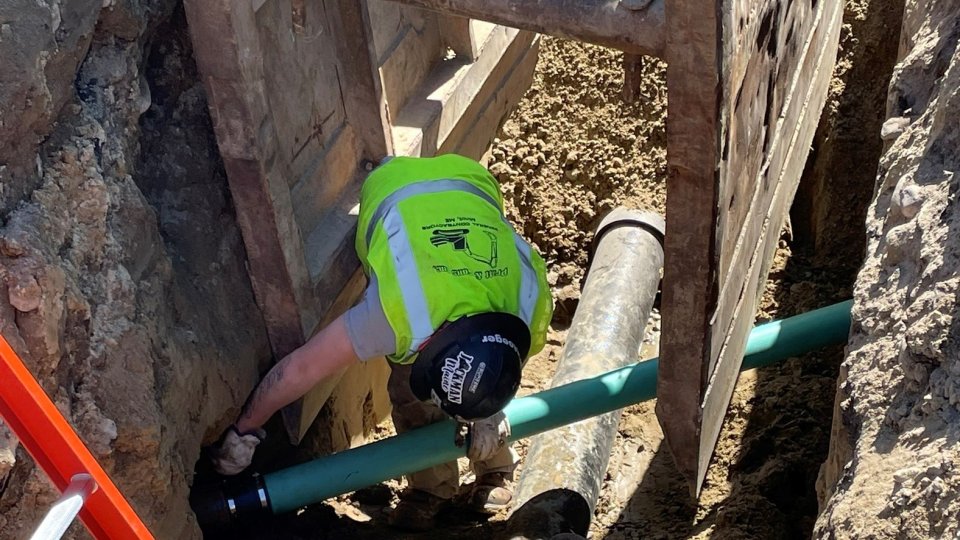Story: Livermore Falls, ME

Federal Funding Creates New Opportunity for Former Mill Town
With water mains more than 100 years old, Livermore Falls, Maine is revitalizing their community one pipe at a time.
With the oldest population in the nation and the second fastest rate of population decline, communities across Maine are seeking new avenues to grow the economy, create jobs and attract new residents. One such Maine community, Livermore Falls, is deeply familiar with these challenges and faces the added burden of aging infrastructure.

Livermore Falls' water mains are more than 100 years old, and the town’s 3,000 residents have frequently expressed frustration with the color and taste of their drinking water. With a median household income under $32,000 per year, the community’s frequent water main breaks, service interruptions, system flushes and leaks create a significant financial burden for this former paper mill town.
Designed with towns like Livermore Falls in mind, the Bipartisan Infrastructure Law is investing a historic $50 billion in water and wastewater infrastructure across the country, and nearly half of that funding is available exclusively to disadvantaged communities. This helps ensure that all communities can access their fair share of federal funding, and all the opportunities that reliable water infrastructure can deliver. In the first year of implementation alone, the Bipartisan Infrastructure Law invested more than $47 million in Maine’s drinking water and wastewater systems. Upgrading aging infrastructure and reducing costly pipe failures and water main breaks can attract new businesses, new jobs and new residents to communities that industry has abandoned.
In November 2022, Livermore Falls began work on replacing approximately 4,600 feet of water main, with the help of a $1.7 million Bipartisan Infrastructure Law investment through the Drinking Water State Revolving Fund. Of that investment, $800,000 is forgivable, lowering the total costs for the community.
The availability of unprecedented funding through the Bipartisan Infrastructure Law has been instrumental for communities with limited economic opportunity.
"The original project came in over budget. If it wasn't for the additional funding from the Bipartisan Infrastructure Law the scope of the project would have been reduced a point that the project may not have been able to proceed," said Scott Greenleaf, Superintendent of the Livermore Falls Water District.
Livermore Falls is also receiving Bipartisan Infrastructure Law funding through the Clean Water State Revolving Fund, which will help to improve full water cycle management within this rural town.
The impact of this investment is two-fold. First, the new water main will provide higher quality, more reliable drinking water for Livermore Falls residents. Second, the community will see a reduction in the number of emergency repairs, flushing programs, and permanent non-revenue bleeders. Together, these investments and upgrades will allow Livermore Falls to shift their focus to attracting new businesses, more economic opportunities, and new residents. By investing in water infrastructure, Livermore Falls is investing in the revitalization of their historic community.
Water infrastructure is often out of sight and out of mind. Get a behind-the-scenes look at how these vital assets are repaired in the photos below.




